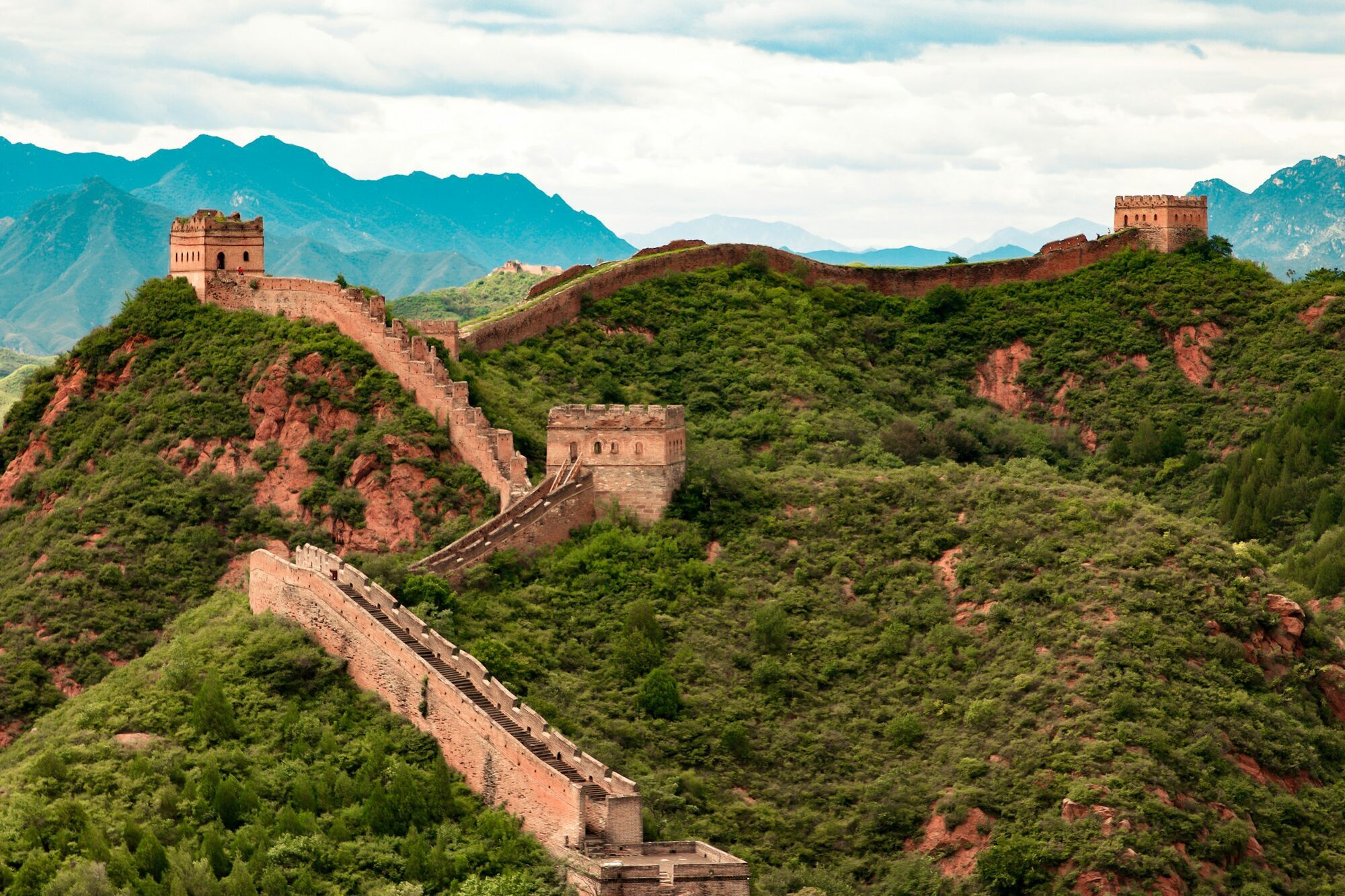Manchester Links to World Wonders Expand Travel Horizons

Travellers flying from Manchester Airport now benefit from broader access to a range of globally significant destinations, thanks to a growing number of direct international routes. With connections available to cities such as Cairo, Rome, Beijing, and Amman, reaching major cultural and historical landmarks has become more straightforward. Covering over 200 destinations across four continents, this expanded network allows travellers to explore distant regions with fewer stopovers and more predictable itineraries.
Several of the destinations now served include four sites listed among the New Seven Wonders of the World, along with other notable landmarks of cultural and natural interest. Single-flight journeys have put UK based travellers within reach of The Great Pyramid in Giza, the Colosseum in Rome and China's Great Wall. Simplified access to such locations helps reduce the duration and logistical complexity that often discourages long-distance travel.

Such shifts also allow opportunities into less-traveled places of great historical, and ecological importance. In Jordan, Petra offers insights into ancient civilisations, while Singapore’s Gardens by the Bay demonstrates modern environmental design. In Mexico, the Mayan city of Chichen Itza combines archaeology with natural surroundings. Shortcuts to these areas minimise route-finding strain and also enable much more seamless travel experiences between education and exploration.
Easier access also promotes a more flexible travel schedule. Travellers will now be able to plan shorter trips to historically significant European cities (Athens, Venice) or even further away across (New York or Toronto). These direct flights also help reduce travel-related fatigue, encouraging visits that might otherwise have been dismissed due to the need for connecting flights or extended layovers at busy international hubs.

The broader implication for travellers is a significant shift in accessibility. Things that were once seen as far-off or hard to reach endeavors are now more optimistically laced into travel itineraries. This shifting landscape of what gets placed on the travel route creates new possibilities for experiencing culture and deep exploration, ensuring international travel can be more accessible to more people.



















